Lê reflects on a significant strand of recent American history, touching on interweaving narratives, past and present
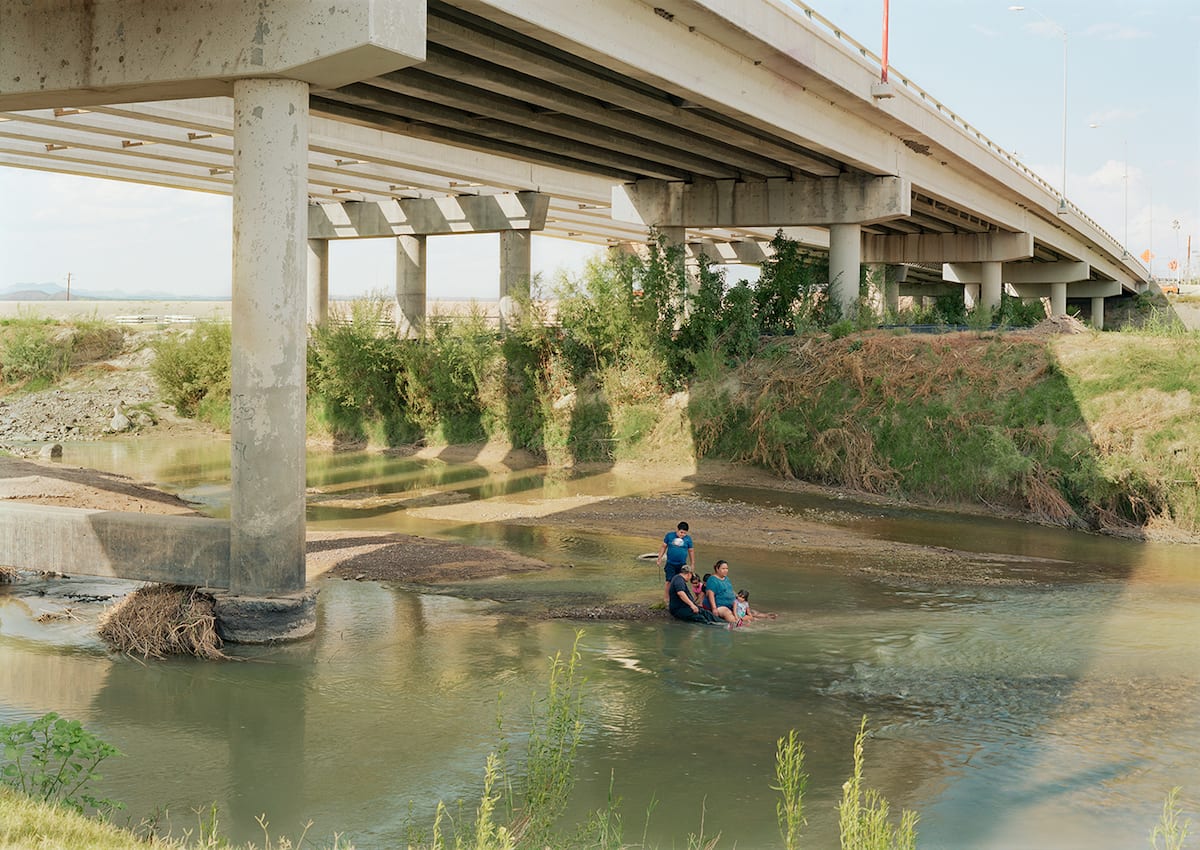

Lê reflects on a significant strand of recent American history, touching on interweaving narratives, past and present
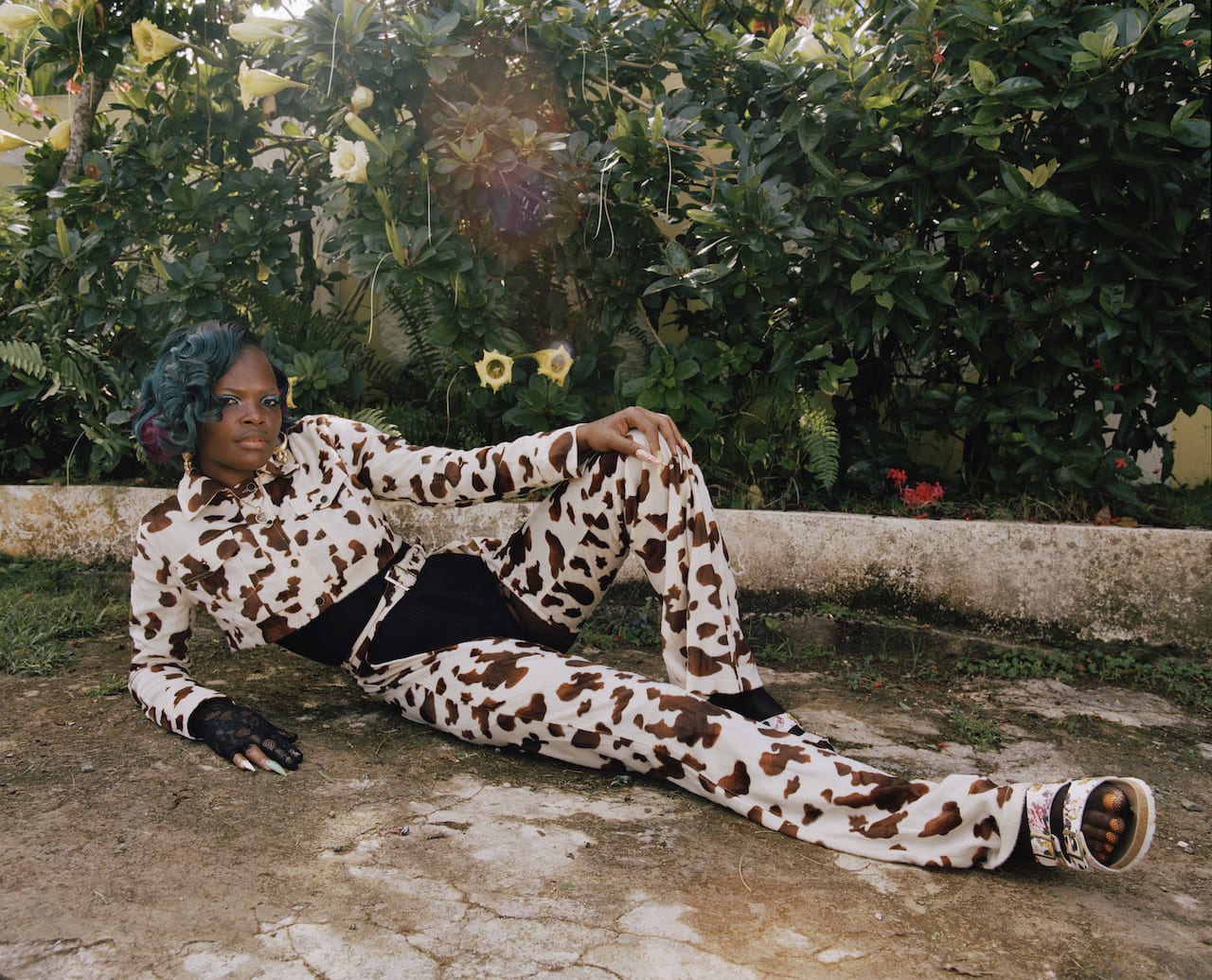
Shot in Jamaica and London, Ijewere’s collaboration with hair stylist Jawara is the product of a journey of personal discovery
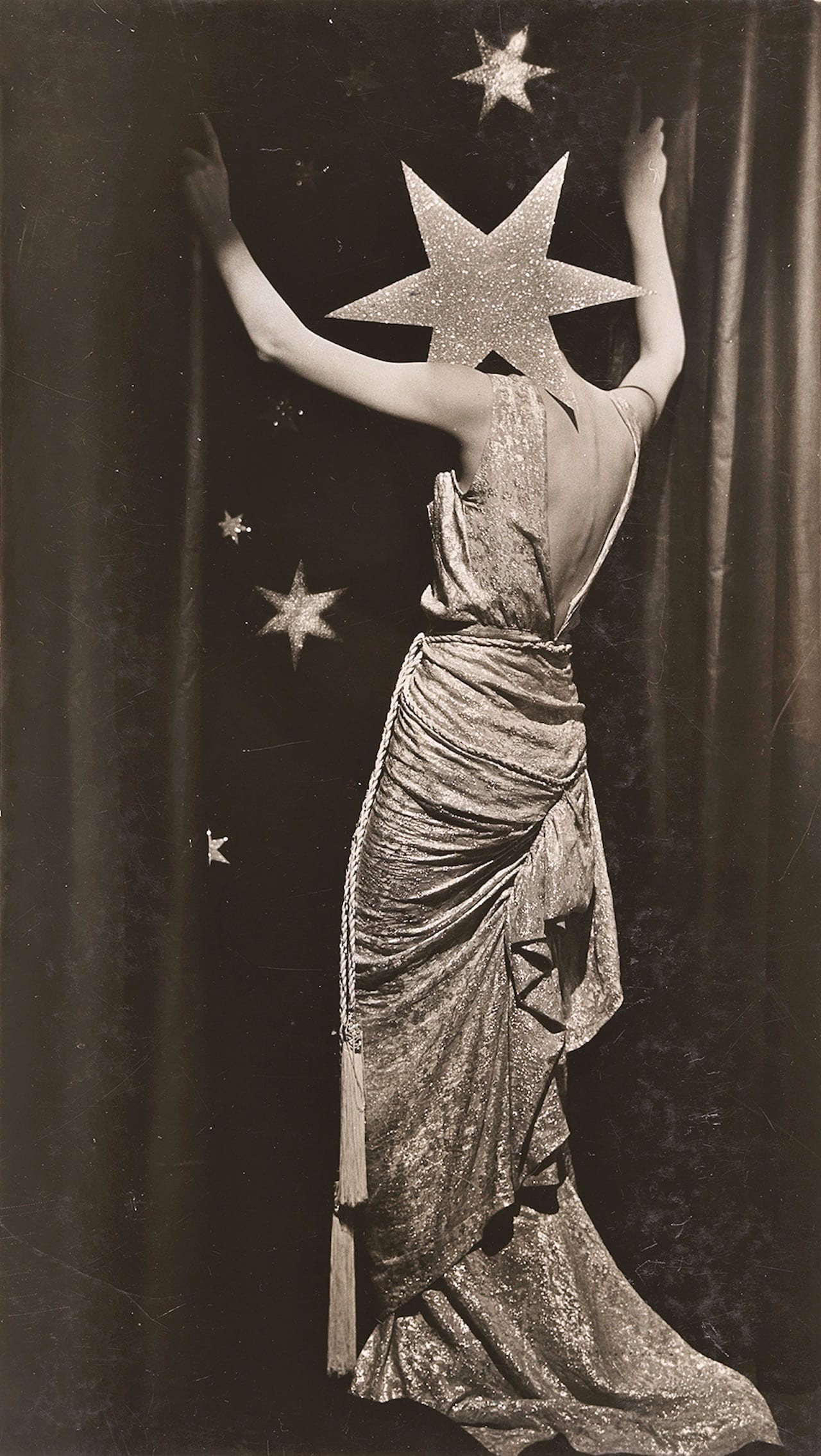
A solo retrospective at Tate Modern shines a light on the forgotten legacy of an influential artist who has, until now, remained in the shadow of her famous partner
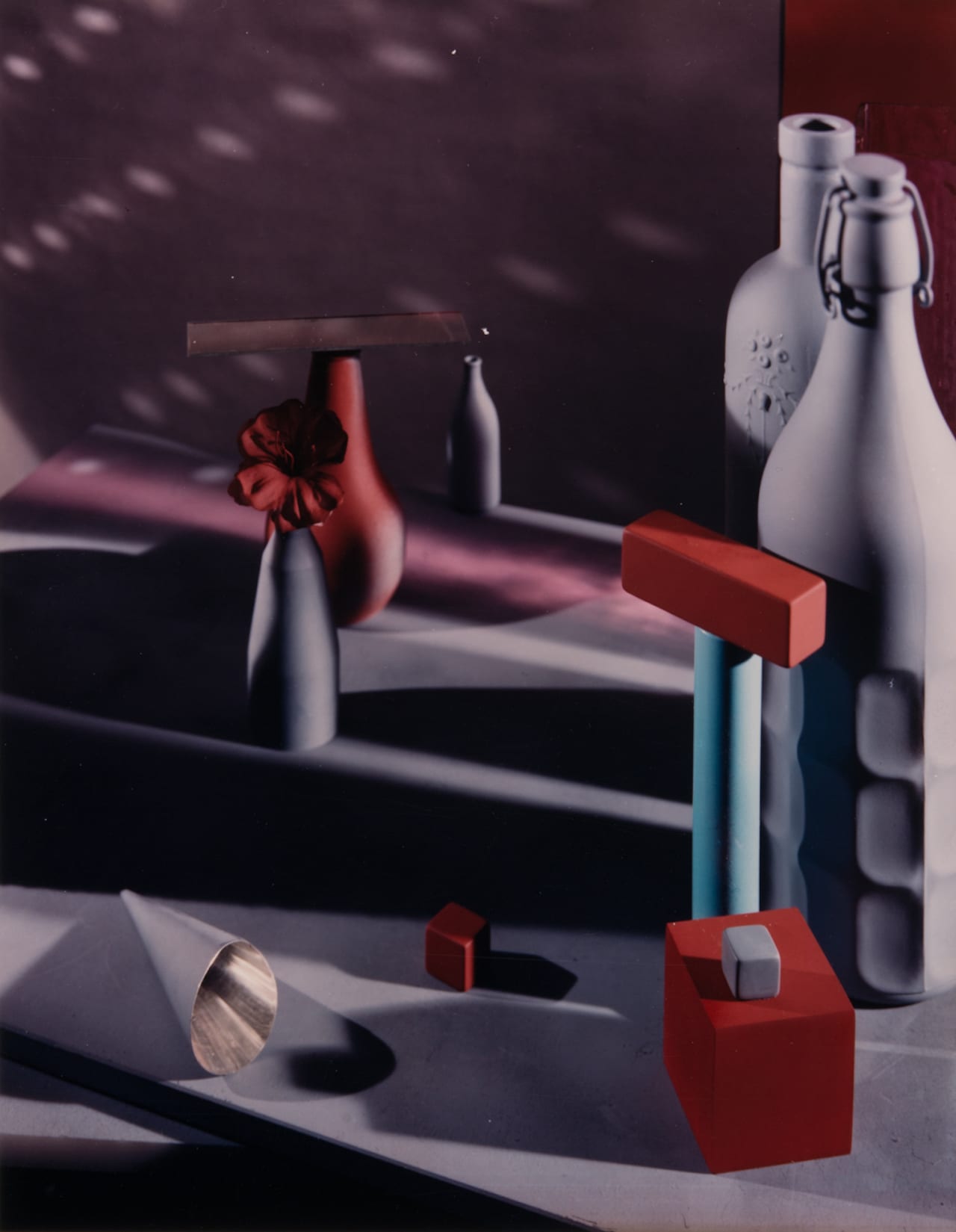
Two years after the donation of Groover’s entire archive, a major retrospective at Switzerland’s Musée de l’Elysée reflects on her influence and creative process
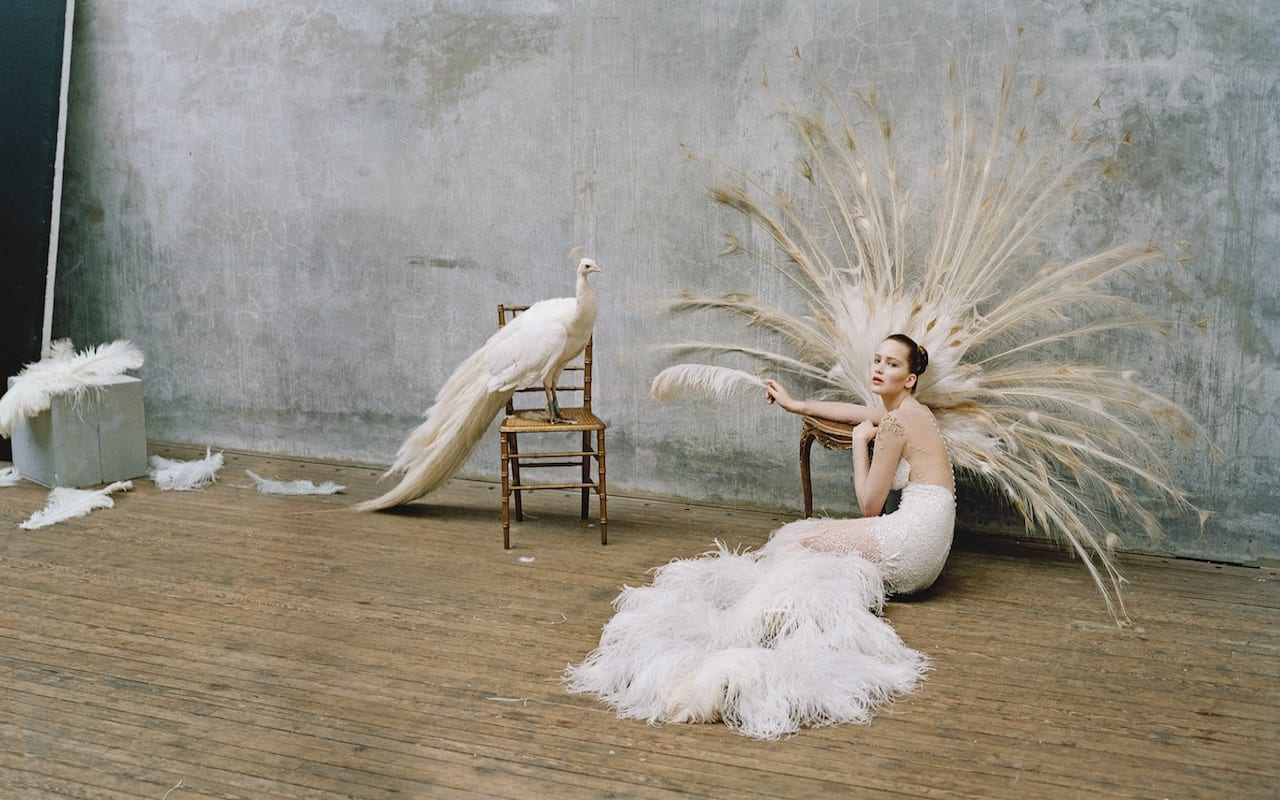
In the 25 years since his graduation, Tim Walker has become one of the most singular photographers of his generation. Diane Smyth finds him in reflective mood ahead of a new book and exhibition at the V&A
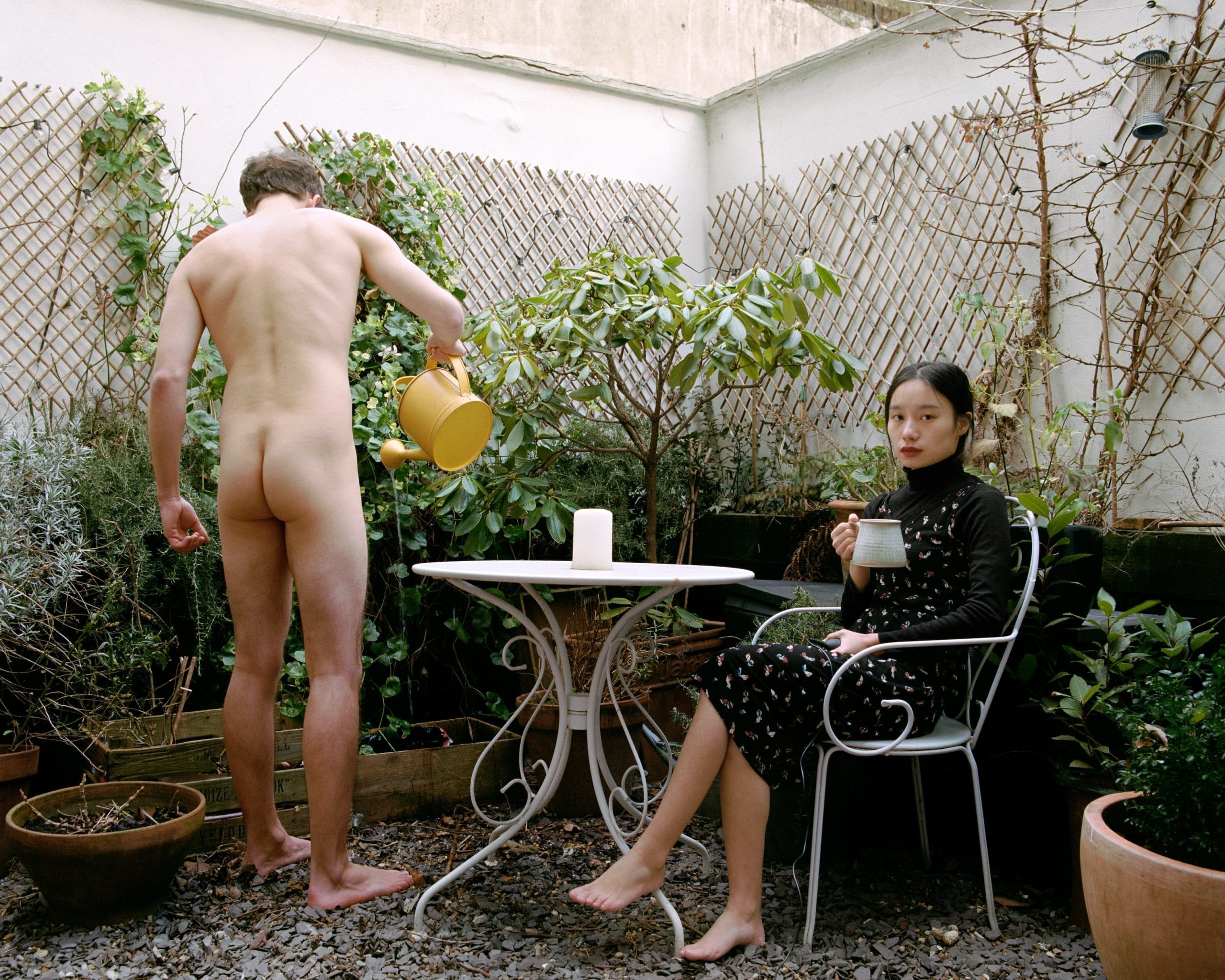
A new exhibition in London presents the work of seven contemporary Chinese artists, raising questions about gender, beauty, censorship, and the concept of diaspora
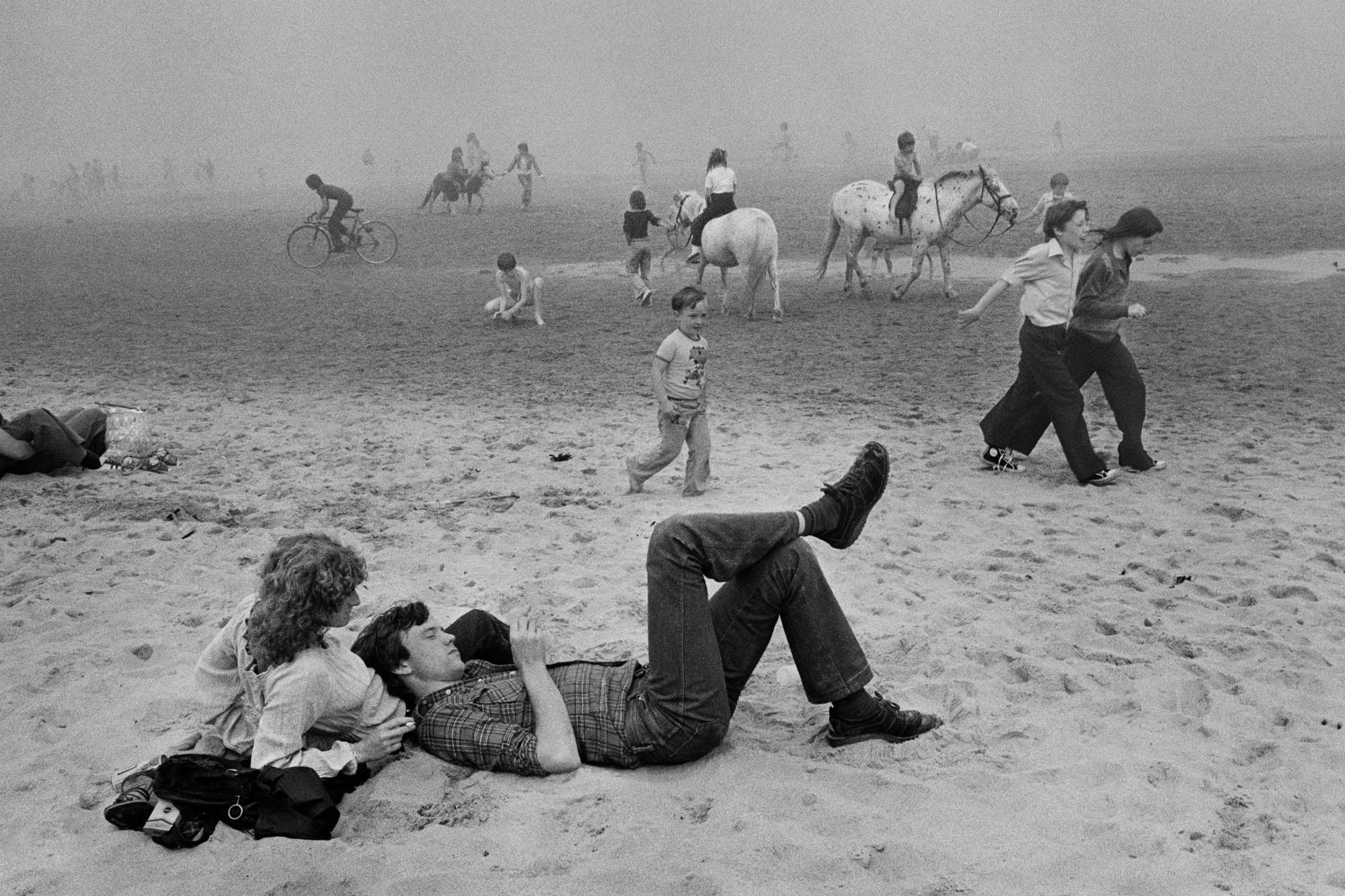
“Life was good, and perhaps my happiness was reflected in the way I photographed there,” says Markéta Luskačová, as she presents her work from the late 1970s in a new exhibition and book
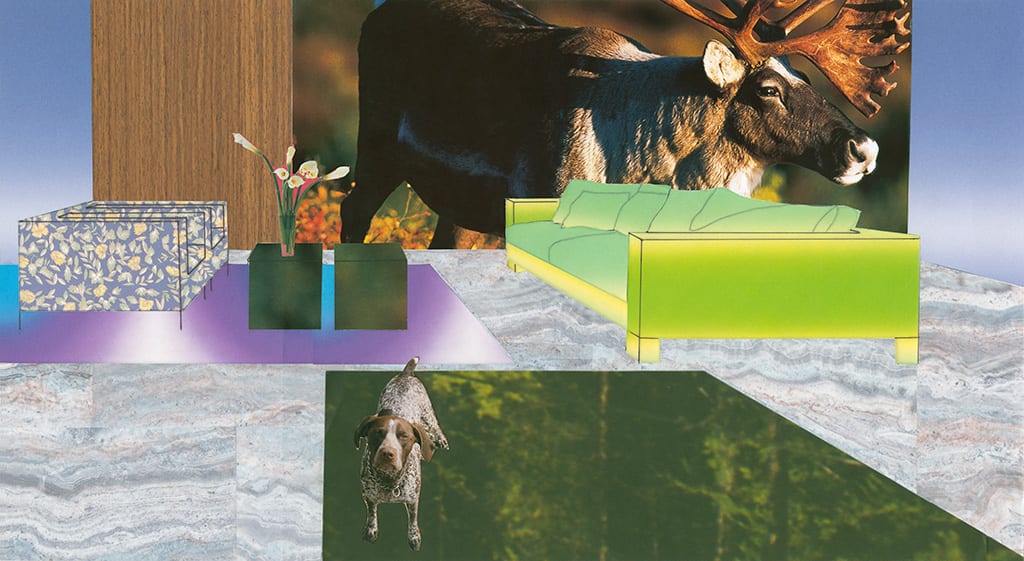
Vikky Alexander co-opts the visual language of consumerist culture to provoke a state of self-awareness in her viewers
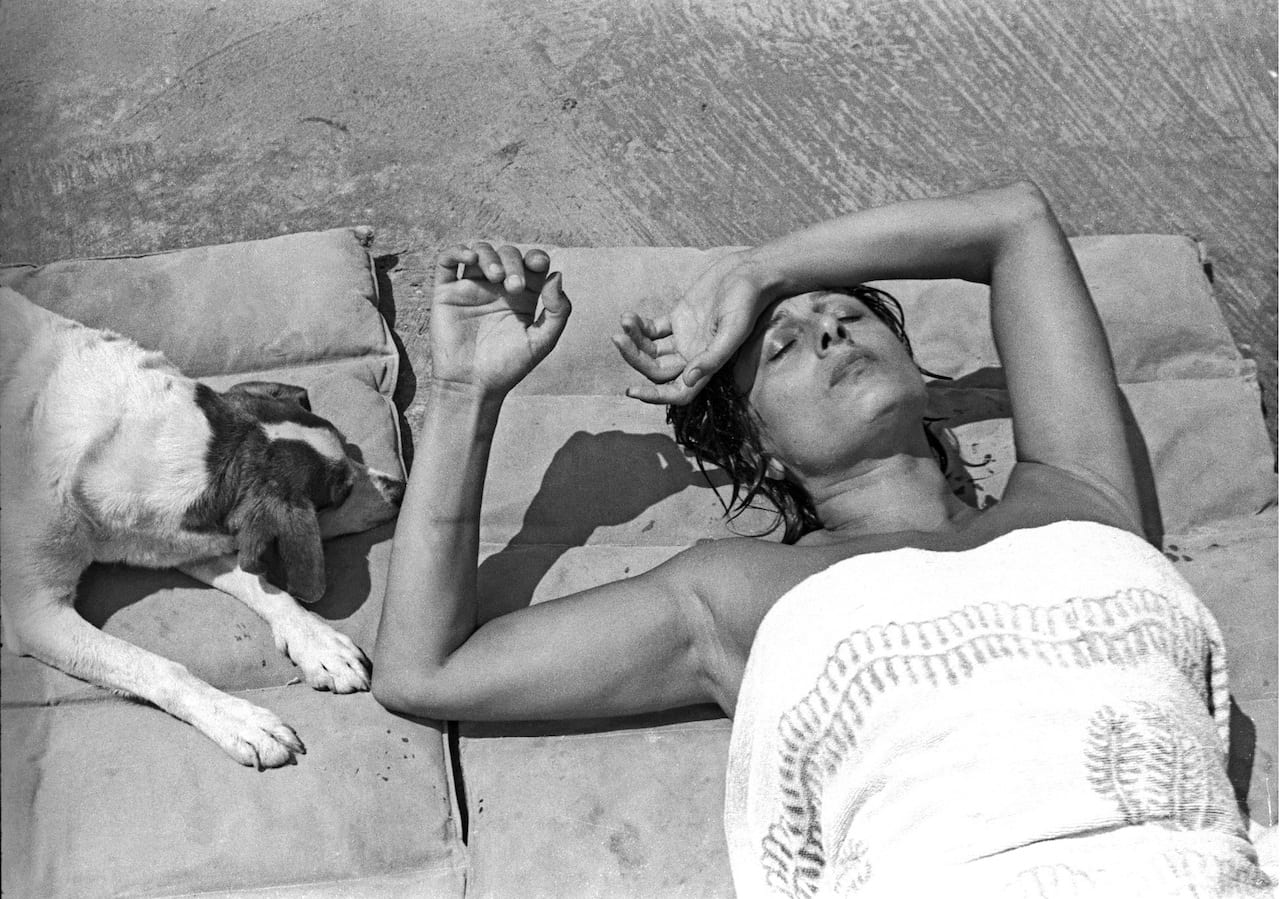
More than 250 photographs by one of Il Mondo magazine’s most esteemed contributors in the 50s and 60s go on show in Rome this month
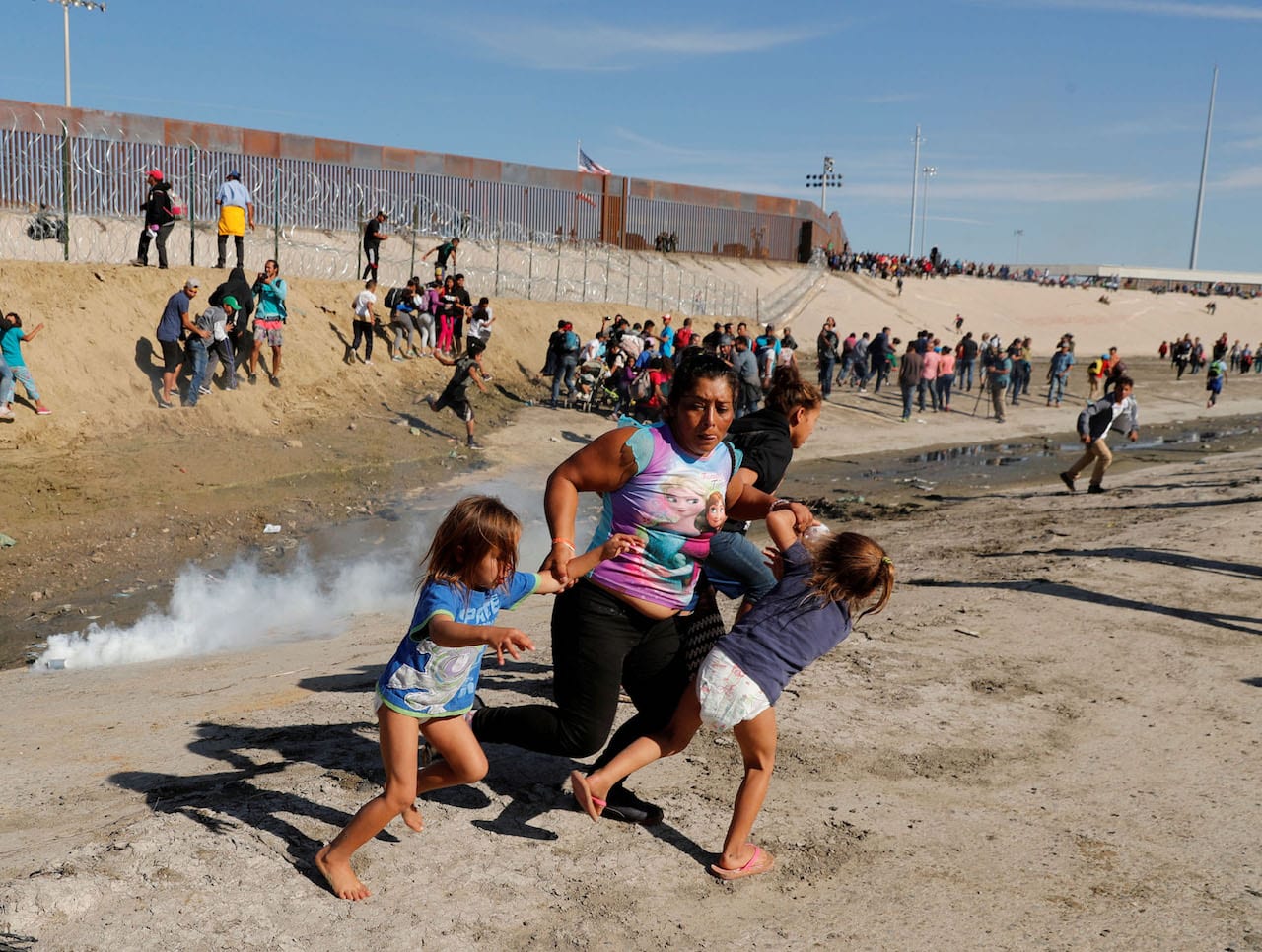
“The photographers we have selected who are part of the exhibition are the vanguard – they are the next generation,” says Brendan Embser, managing editor of Aperture. He’s talking about the professional finalists in this year’s Sony World Photography Awards, which he helped judge alongside three other photography experts: Emma Lewis, assistant curator, Tate; Liu Heung Shing, founder of the Shanghai Center of Photography; and Isabella van Marle, head of artist & gallery relations at Unseen Amsterdam.
The Sony World Photography Awards are divided into four categories – professional, student, youth, and open – which this year received over 326,000 submissions from 195 countries and territories. The shortlisted work will go on show at the 2019 Sony World Photography Awards Exhibition at Somerset House, London, before going on tour around the world; this exhibition will also include a section dedicated to work by Nadav Kander, who has been awarded a prize for his Outstanding Contribution to Photography.